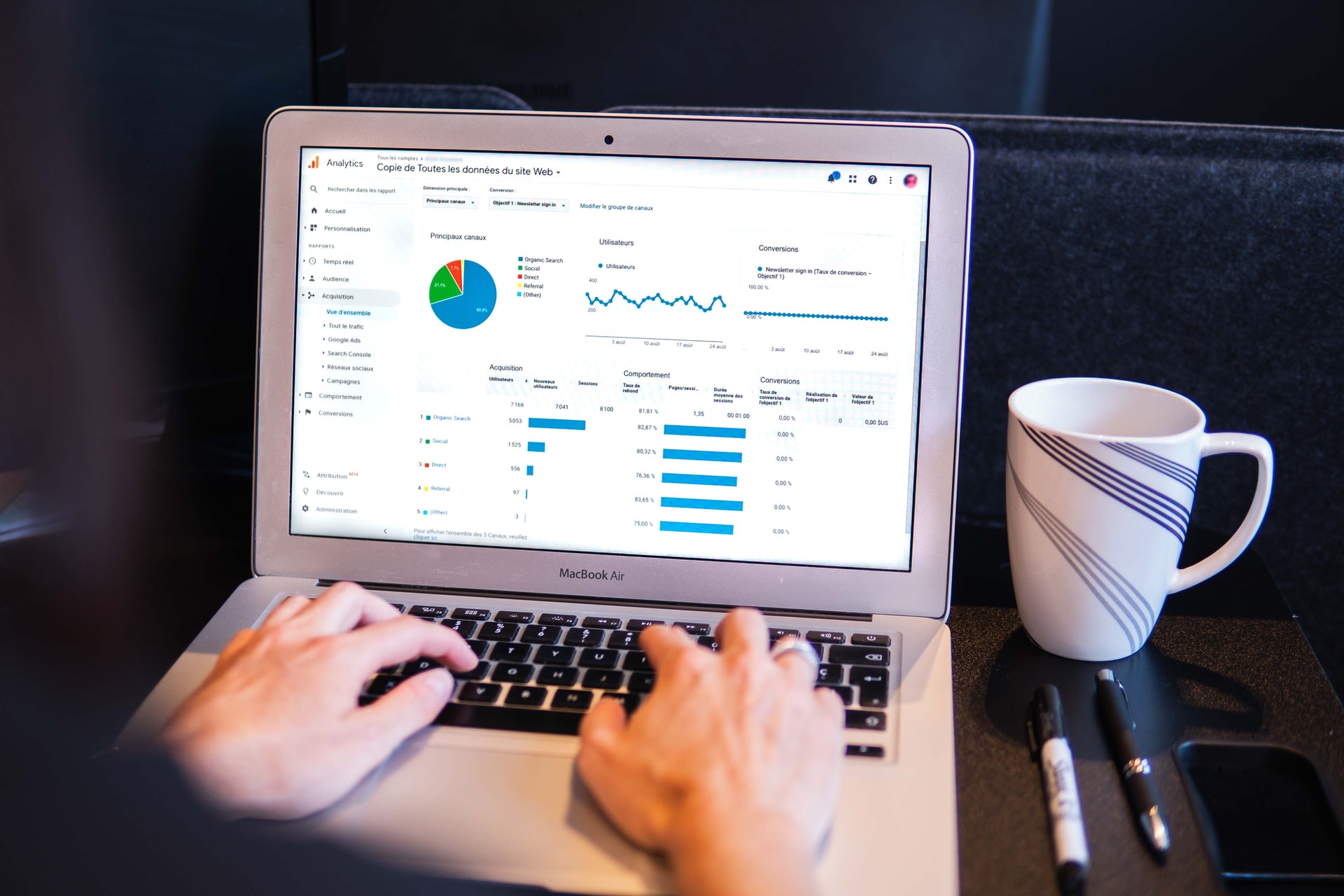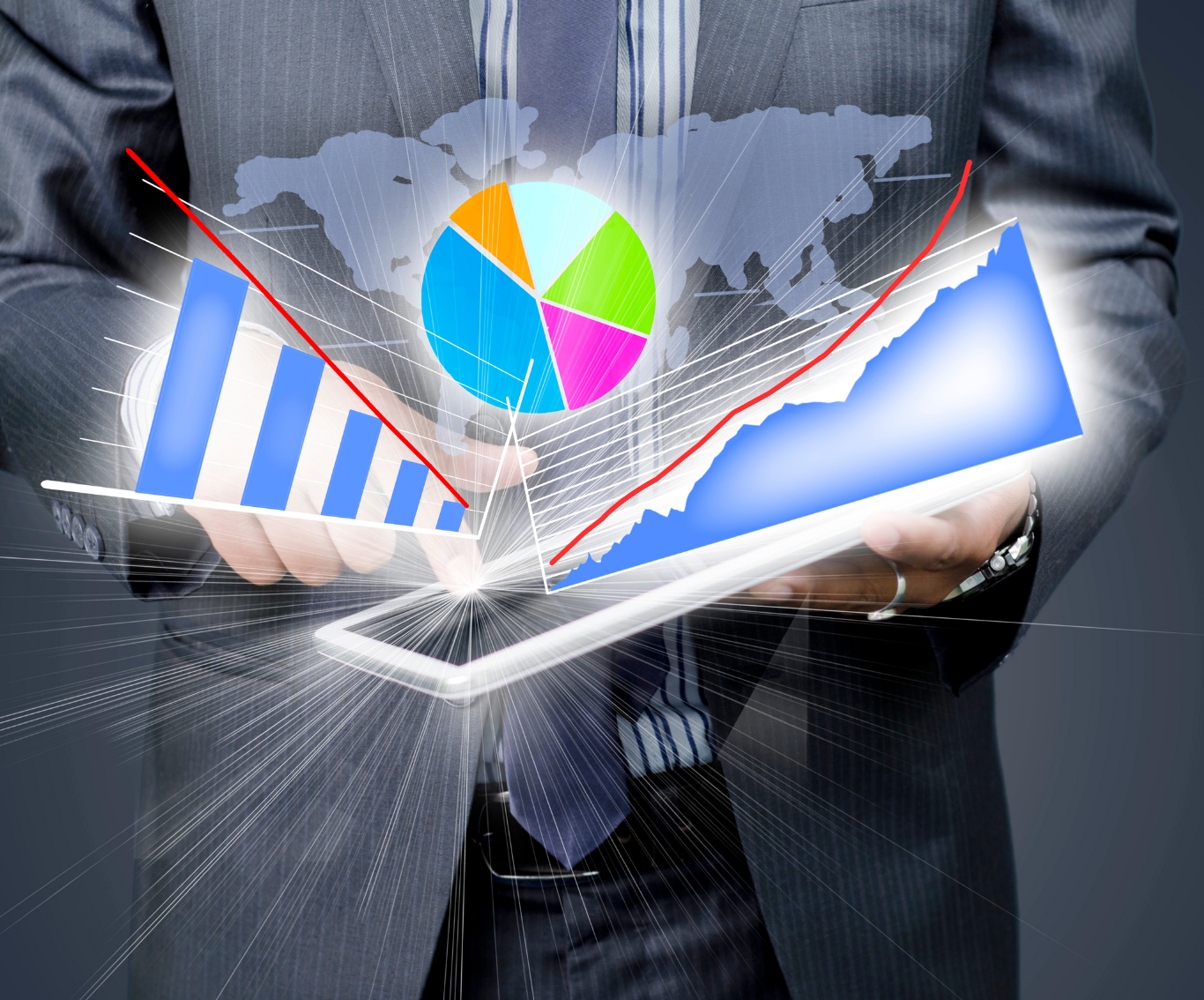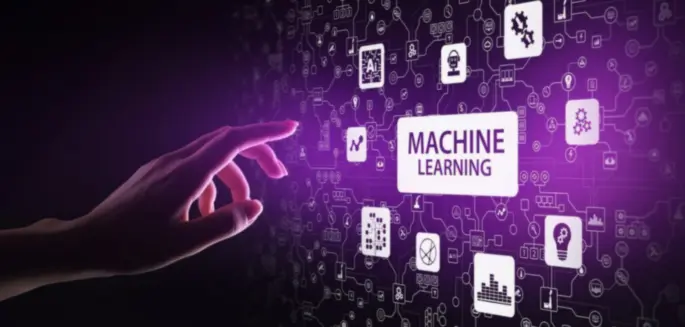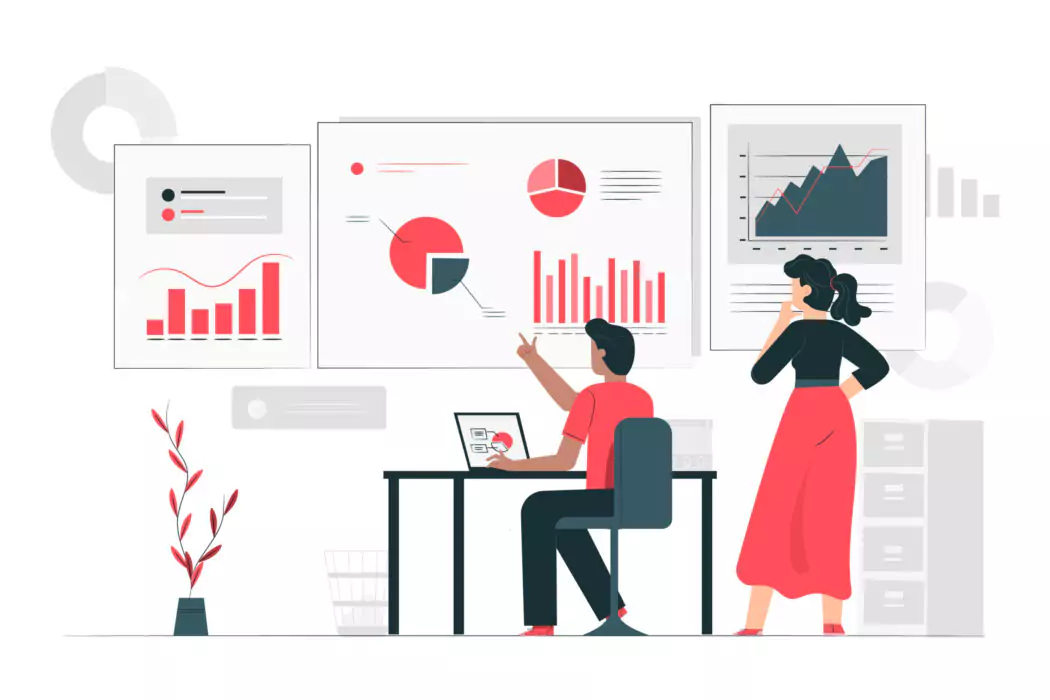How to Select An Analytics Platform?
How to Select An Analytics Platform? Recently Express Analytics was engaged by a client to help them select a Analytics platform for marketing analytics. This led us to ponder the answers to the following questions. What is an Analytics Platform and how is it different from a Transactional Platform? What prevents organizations from exploiting the… Continue reading How to Select An Analytics Platform?
Express Analytics | 02 Aug 2021








